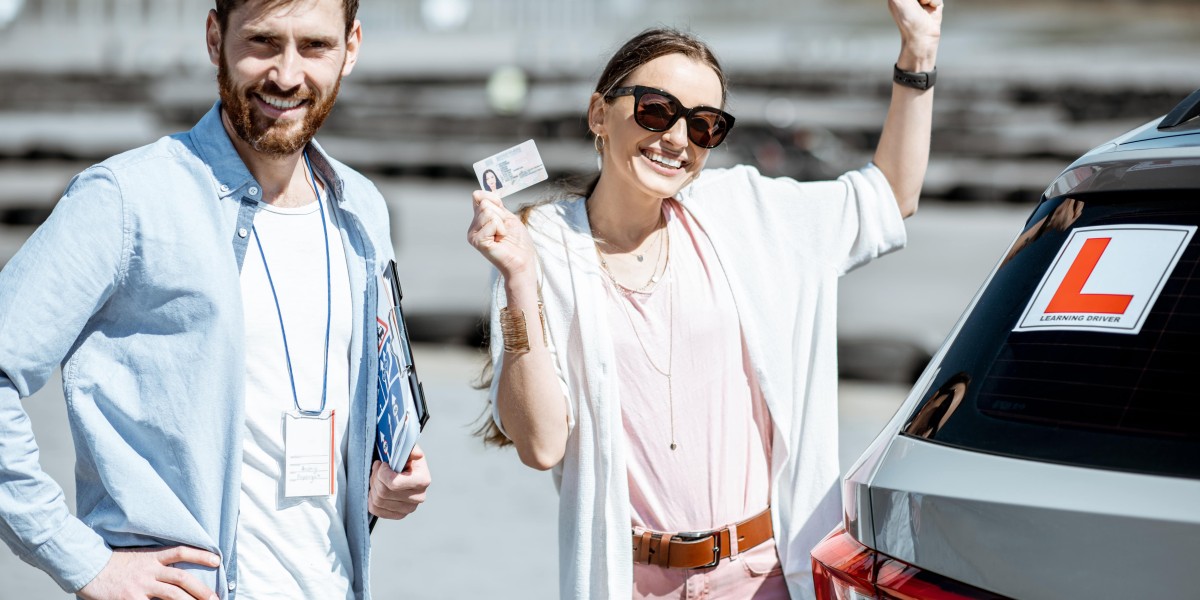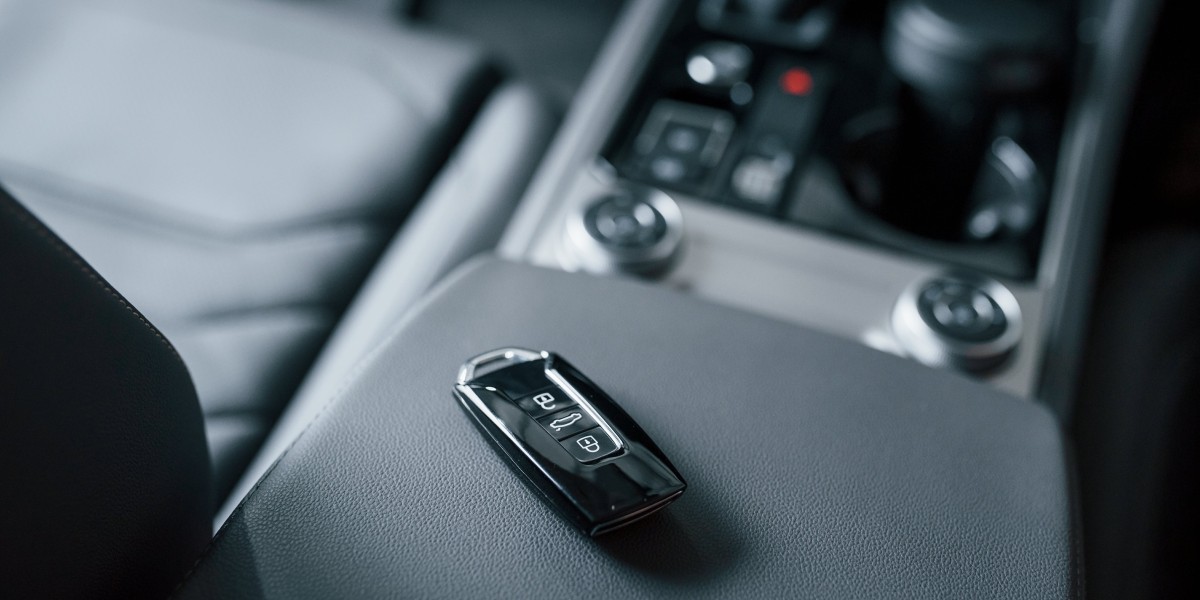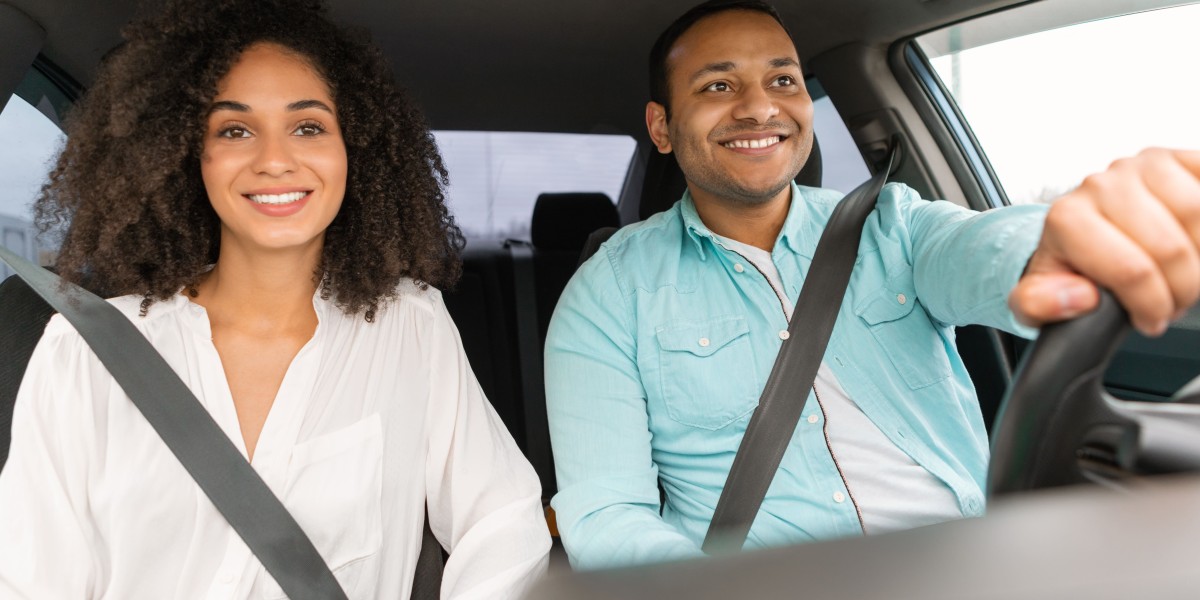
Understanding the UK Driver's License: A Comprehensive Guide
In the United Kingdom, acquiring a driver's license is an essential step towards self-reliance and movement. It is not only an entrance to individual liberty but also a substantial obligation. This post looks for to lay out the procedure of acquiring a driver's license in the UK, the different classifications of licenses, and some essential guidelines that drivers must follow.
Kinds Of UK Driver's Licenses
Before diving into the application process, it is important to understand the different kinds of driver's licenses available in the UK. The main categories are:
Provisional License: This is the primary step for anyone seeking to learn to drive. It enables the holder to practice driving while under the supervision of a qualified driver.
Complete License: Once the driving test has been successfully finished, the individual will receive a complete driver's license, which permits them to drive separately.
Unique Licenses: There are special licenses for specific lorries such as motorbikes (Category A), buses (Category D), and trucks (Category C).

European Driving License: Though it stands out from the UK driver's license, the European driving license allows for driving in lots of EU nations without the need for an extra authorization.
The Process of Obtaining a UK Driver's License
1. Make an application for a Provisional License
To begin the journey towards acquiring a driver's license, aspiring vehicle drivers should initially get a provisional license. Here's how to do it:
- Eligibility: Applicants must be at least 15 years and 9 months old.
- Application: Individuals can apply online or through postal services by submitting a brochure from the Driver and Vehicle Licensing Agency (DVLA).
- Charge: A cost is needed for application (as of 2023, it's about ₤ 34 online and ₤ 43 via post).
- Identity Proof: Acceptable recognition includes a passport or a biometric residence permit.
2. Get ready for the Theory Test
Once the provisional license is obtained, the next step is to get ready for the theory test, which examines a learner driver's understanding of roadway guidelines and risks. This consists of:
- Multiple-Choice Questions: A series of questions based upon the Highway Code.
- Threat Perception Test: An assessment to recognize possible risks while driving utilizing video.
3. Take Driving Lessons
It is normally recommended to take expert driving lessons from an Approved Driving Instructor (ADI). These lessons offer crucial hands-on experience and knowledge about roadway safety, in addition to assisting learners end up being comfortable behind the wheel.
4. Book the Practical Driving Test
After passing the theory test and obtaining sufficient driving skills, students should schedule a practical driving test through the DVLA. The screening process generally involves:
- Driving Maneuvers: Candidates are examined on their ability to perform vital driving strategies such as parallel parking and emergency situation stops.
- Road Safety Compliance: Demonstration of compliance with road signs, signals, and rules.
5. Obtain a Full Driver's License
Upon success in the practical driving test, the candidate will receive a pass certificate which permits them to get a complete driver's license. The DVLA will send out a full license if all requirements have been fulfilled.
Driving Regulations and Responsibilities in the UK
Once a complete driver's license has actually been acquired, it is important for drivers to comprehend and stick to the laws and policies governing road use in the UK. Here are a few crucial responsibilities:
- Insurance: It is compulsory for all drivers to have valid car insurance before supporting the wheel. This secures versus financial loss from mishaps or theft.
- Roadway Tax: Vehicle import tax task, commonly called roadway tax, need to be paid yearly.
- MOT Test: Cars older than 3 years must undergo an annual MOT (Ministry of Transport) test to guarantee their roadworthiness.
- Stick To Speed Limits: Each road has actually designated speed limits that must be followed.
- Use of Seatbelts: Wearing seat belts is mandatory for drivers and guests.
FAQs about UK Driver's License
1. How long does it take to get a driver's license in the UK?
The time taken to acquire a driver's license differs considerably between people. On average, students spend about 45 hours getting trained with a trainer, followed by an additional 22 hours of private practice. After reserving tests, the processing of applications can also take a few weeks.
2. Can I drive with a provisional license?
Yes, you can drive with a provisionary license, however you need to be accompanied by a driver who is at least 21 years of ages and holds a full license for the type of lorry being driven.
3. What takes place if I fail my driving test?
If you fail your driving test, the examiner will supply feedback on areas for enhancement. You can retake the test, however it is normally suggested to take a couple of extra lessons to enhance your abilities before attempting once again.
4. Can I drive in the UK with an EU driving license?
Yes, EU driving licenses are valid in the buy uk Photo id Online. Nevertheless, those planning to stay in the UK for more than 12 months should think about exchanging their EU license for a UK one.
5. What do I need to do if I lose my driving license?
If your driving license is lost or stolen, you must report it to the DVLA and get a replacement. You will require to offer identification and pay a cost.
Navigating the procedure of acquiring a driver's license in the UK can seem challenging, but comprehending each step simplifies the journey. From getting a provisional license to passing the dry run, each phase lays the foundation for responsible driving and compliance with the laws governing road usage. Always bear in mind that driving is a privilege that features duties, and continued adherence to the regulations makes sure the security of all roadway users.










